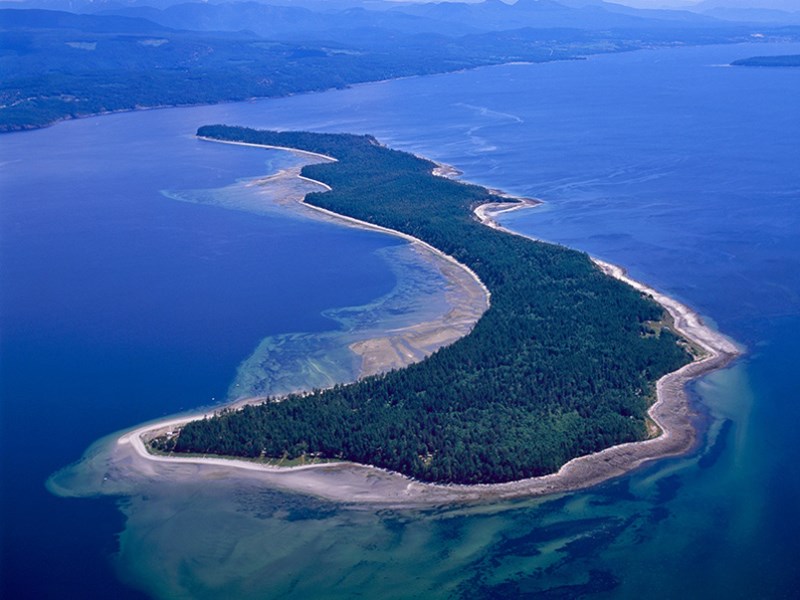A significant site has been discovered during an archaeological study related to proposed residential developments on ʔayhos [Savary Island – pronounced: ay-hos], according to a Tla’amin Nation media release.
An ancestral burial and related archaeological artifacts have been unearthed at an undisclosed location on the island.
“We were not surprised by the discovery of our ancestor on the island; this island has been heavily utilized and occupied since time immemorial,” stated Tla’amin executive council member Erik Blaney. “Our ancestors not only placed our loved ones to rest on the island, but families were also raised here, wars fought, resources utilized and managed. We are working closely with the site developer to take care of our ancestor and enable the build to continue.”
According to archaeologists who consulted with Tla’amin, it has been confirmed that the island was one of many preferred mortuary landscapes of the nation. ʔayhos is the most subdivided island in the entire Salish Sea and there are many unrecorded archaeological sites. Most properties have not been assessed, yet every property should have archaeological reconnaissance conducted.
“Developments carried out in the past did not follow the strict regulations that are in place today and we feel that education is key,” stated Tla’amin lands director Denise Smith. “ʔayhos remains an important place to us, and we encourage members of the public to come forward in good faith when they discover evidence of our ancestors on their property. Therefore, we request archaeologists and Traditional Use Survey (TUS) Monitoring to help protect these valuable cultural resources.”
Savary Island is named after the ʔayhos; a double-headed serpent, the release stated.
“This serpent was taking too much from the neighbouring Mitlenatch Island,” stated Drew Blaney, Tla’amin’s culture and heritage manager. “And so the transformer transformed Ihos into an island, which is a constant reminder for our people to not take too much.
“If you look at the island from a birds-eye view, you can see how it appears the serpent was headed back to its cave at Xax-Gith (Hurtado Point) but then turned into an island. Ihos is a permanent reminder to Tla’amin people – island residents and visitors alike - of the basic principle of sustainable living. The island contains many Tla’amin place names and is also known as qayɛ qʷən [Qaye qwun], meaning: Fresh water spring.”
The property owner is working closely with Tla’amin and archaeologists to establish appropriate protection for the ancestor and to ensure future development will consider the sensitivity of the landscape, according to the release.
Anyone planning a development on ʔayhos or elsewhere in Tla’amin lands is asked to contact the nation ([email protected]) before they dig to ensure their development is conducted in a manner that will respect the cultural heritage of Tla’amin Nation.



